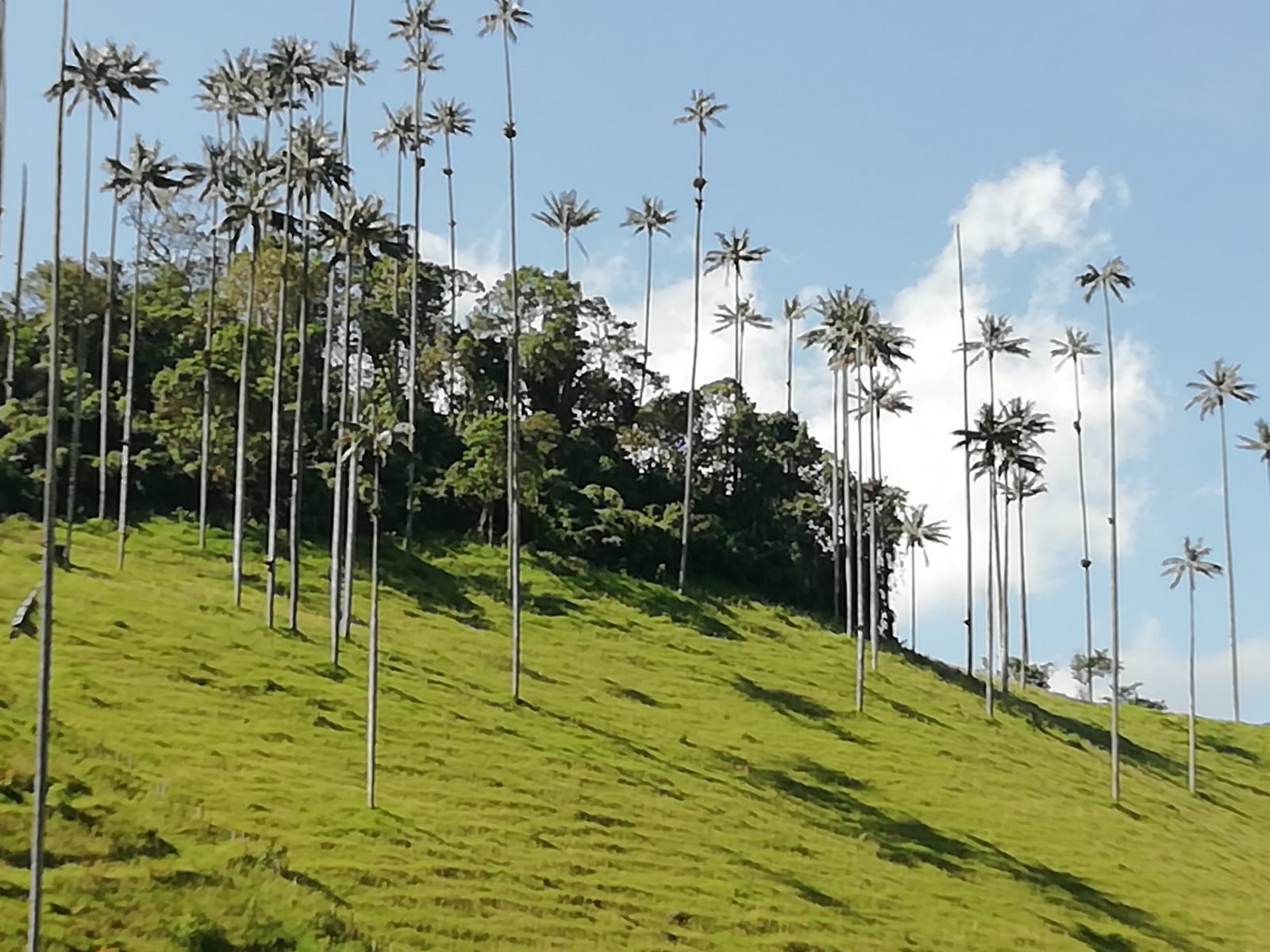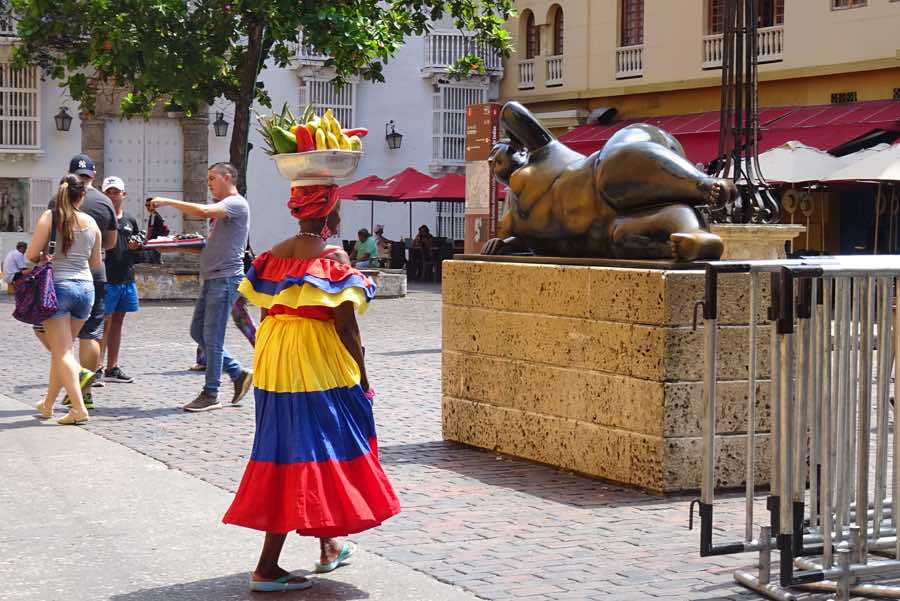Are you traveling to Colombia soon? As with any trip abroad, it is important to be well prepare. Read our practical information for your stay in Colombia.
We have compiled information on the different regions and their climate, the flagship sites of each region, health and safety, but also on altitude sickness and what to put in your luggage.
Do not hesitate to contact us if you have any questions. Better be well prepared!
A first question to ask yourself: How long do I travel to Colombia?
Colombia is a very diverse country with many different facets to discover. You have to keep in mind that it takes a lot more time to cover distances than in France. Between the coast and the interior, there is always the Andes range. Suddenly there are several peaks of 3,000 and 4,000 m (if not even higher!) to cross.
We recommend at least a stay of 15 days to be able to visit the essentials, with 3 weeks you can already take a little more time to also see the Pacific or Atlantic side. In addition, a longer stay is more eco-responsible than several short stays in one year. Think about it.
The different regions of Colombia
Colombia is the 4th largest country in South America. The country is surrounded by Venezuela and Brazil to the east, Peru and Ecuador to the south and west by Panama and the Pacific Ocean, to the north by the Caribbean Sea.
For years, the armed conflict in Colombia has prevented any development of tourism. But since agreements signed with the FARC and improvements in security, the number of visitors to Colombia is increasing every year.
Its diversity of climates and therefore of biodiversity results in an exuberant nature, an abundant flora and fauna and between the Andes and the coasts, the offers of ecotourism and responsible tourism multiply.
But as there are different climate and season zones, we have prepared an article for you on the regions, their main attractions and the weather you should expect, in short all the practical information you might need!
Practical information Colombia :
The different seasons
Here comes the good news! There is not really a bad season to travel to Colombia. Any season has its pros and cons, knowing that sometimes it can be interesting for you to travel in the rainy season, because you want to see the waterfalls at their best!
The dry season is between December and March and again in July and August. We could therefore say that this is the best season to travel. But the other months are just as good, as the climate in Colombia is rather moderate.
The wet season (which varies by region) is between April / May and October / November.
To see the whales, you should plan a trip between July and October.
You see, there is therefore no ideal season, it all depends on what YOU want to see and do!
Seasons by region
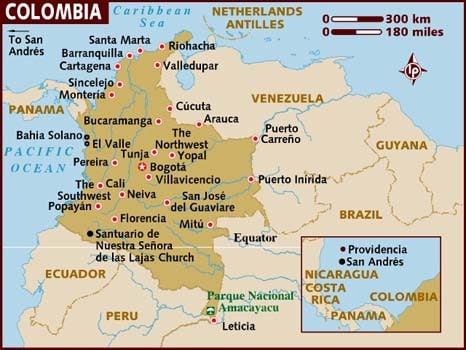
Andean regions (with the cities of Bogota and Medellin)
Bogota and Medellin are located in the Colombian Andes at altitudes of 2,600 m for Bogota and 1,500 m for Medellin. Both cities have a temperate climate, but be warned that in Bogota it can get colder (between 8 ° at night and 20 ° C during the day depending on the season), compared to its higher altitude. In Medellin the temperatures are more pleasant, between 13 ° at night and 27 ° C during the day.
Best travel months: the dry season between May and October
It is still strongly recommended to bring warm clothes, a vest for the evening or when the sun is hiding. The temperature is pleasant during the day, even hot. It is advisable to bring sunglasses, a good sunscreen and a hat. The sun here is not the same as in France. However, temperatures cool down significantly in the evening. Houses and hotels do not always have heating. For those who are chilly, we recommend a hot water bottle.
What to visit in Colombia in the Andes?
- Bogota with its museums (Gold Museum), the flower market, Candelaria district
- Medellin: Museum of Fernando Botero, popular neighborhoods with graffiti, the botanical garden
- Popayan for its colonial charm, one of the prettiest cities in Colombia
- Salento and cafetera areas
- Cali, the city of salsa
- and the archaeological complex of San Agustin
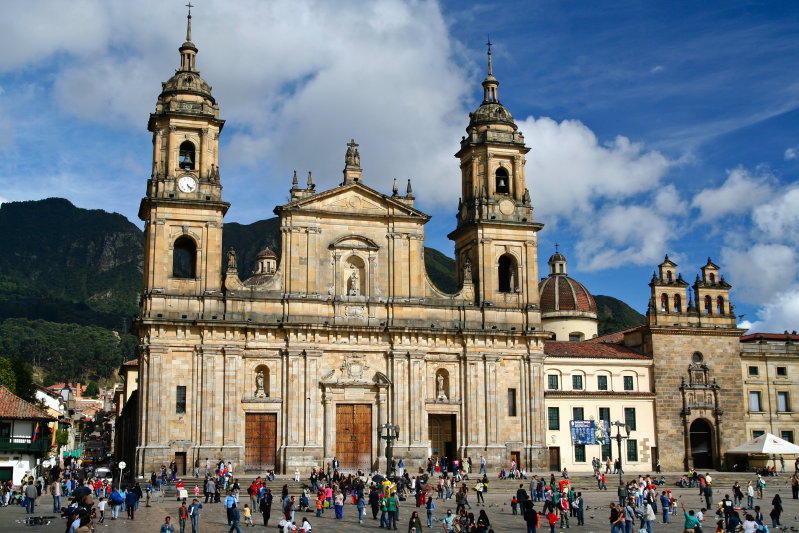
Caribbean region
You can visit the Caribbean part almost all year round.
Best travel months: Between February and November
Here it never rains a lot, temperatures are pleasant between 24 and 33 ° C.
What to visit in Colombia, in the Caribbean region?
- Cartagena de Indias, listed as World Heritage by UNESCO
- Barranquilla, known for its carnival, but also for being the birthplace of the singer Shakira!
- The community of Guajira for an unforgettable experience in the desert
- The natural park of Corales del Rosario and San Bernado
- Tayrona National Natural Park
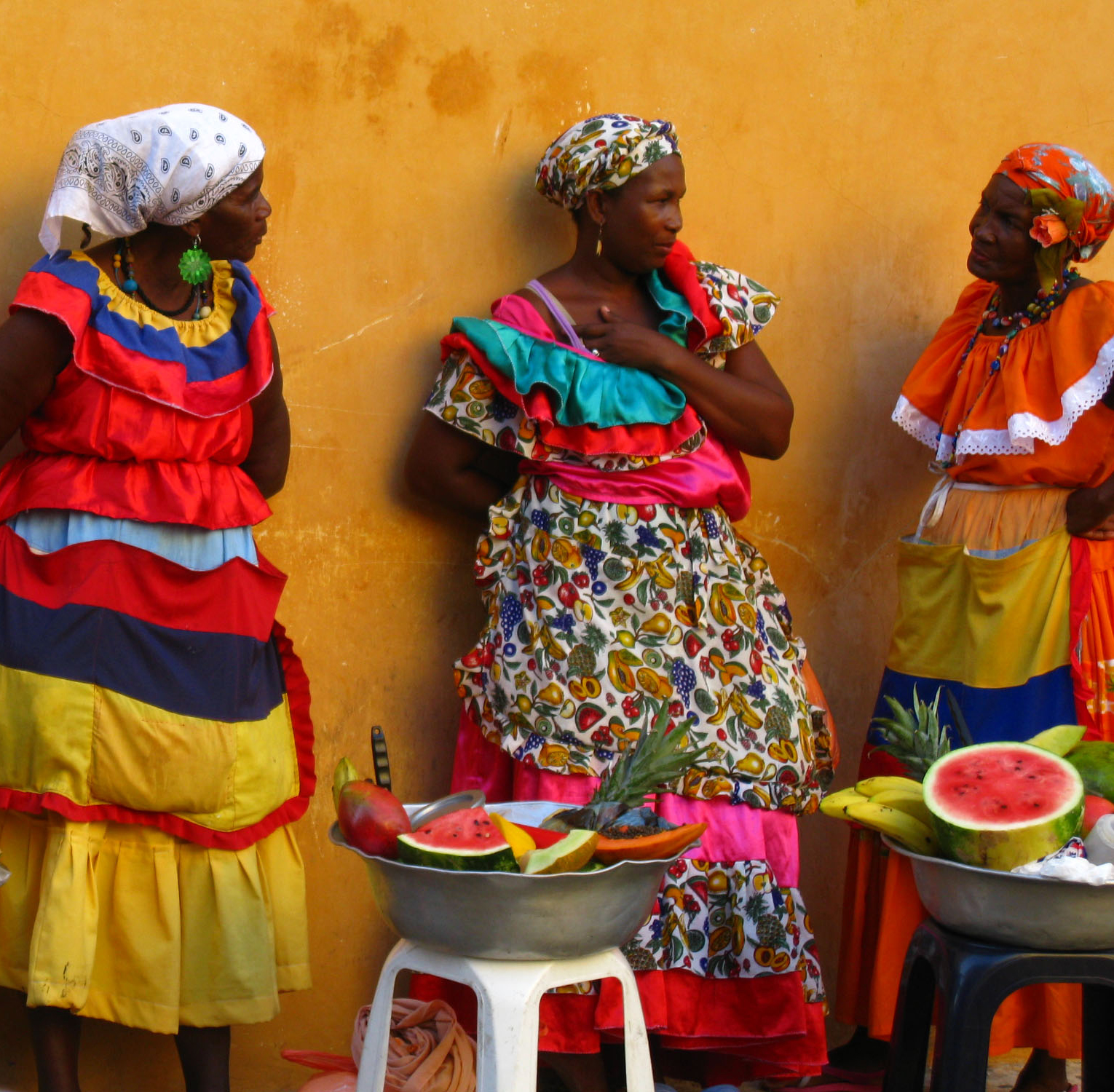
Pacific region
On the Pacific coast it rains a lot and all year round. It is indeed one of the wettest areas on the planet). The “rainy season” is between April and July, and again from October to November. The temperature here is pleasant all year round, between 22 and 32 ° C.
Best travel months
- November to March
- August and September
- Between July and October for whales!
What to visit in Colombia in the Pacific region?
- Choco and Nuqui for a rural tourism experience
- Humpback whale watching
- Surfing and idleness
- Taste the local gastronomy – a delight!
Amazon region
In the Amazon it rains mainly between January and May. The temperature here does not change much during the year. It is always between 21 and 32 ° C. It is not the heat that is difficult to endure, but the very high humidity.
Best travel months: Between May and December
What to visit in Colombia in the Amazon region?
- The village of Puerto Narino
- Go canoeing
- Excursions to the Colombian Amazon
This information is of course not exhaustive and may change from year to year. An “El Nino” year can mean that it rains a lot in the dry season or that there is a great drought at other times.
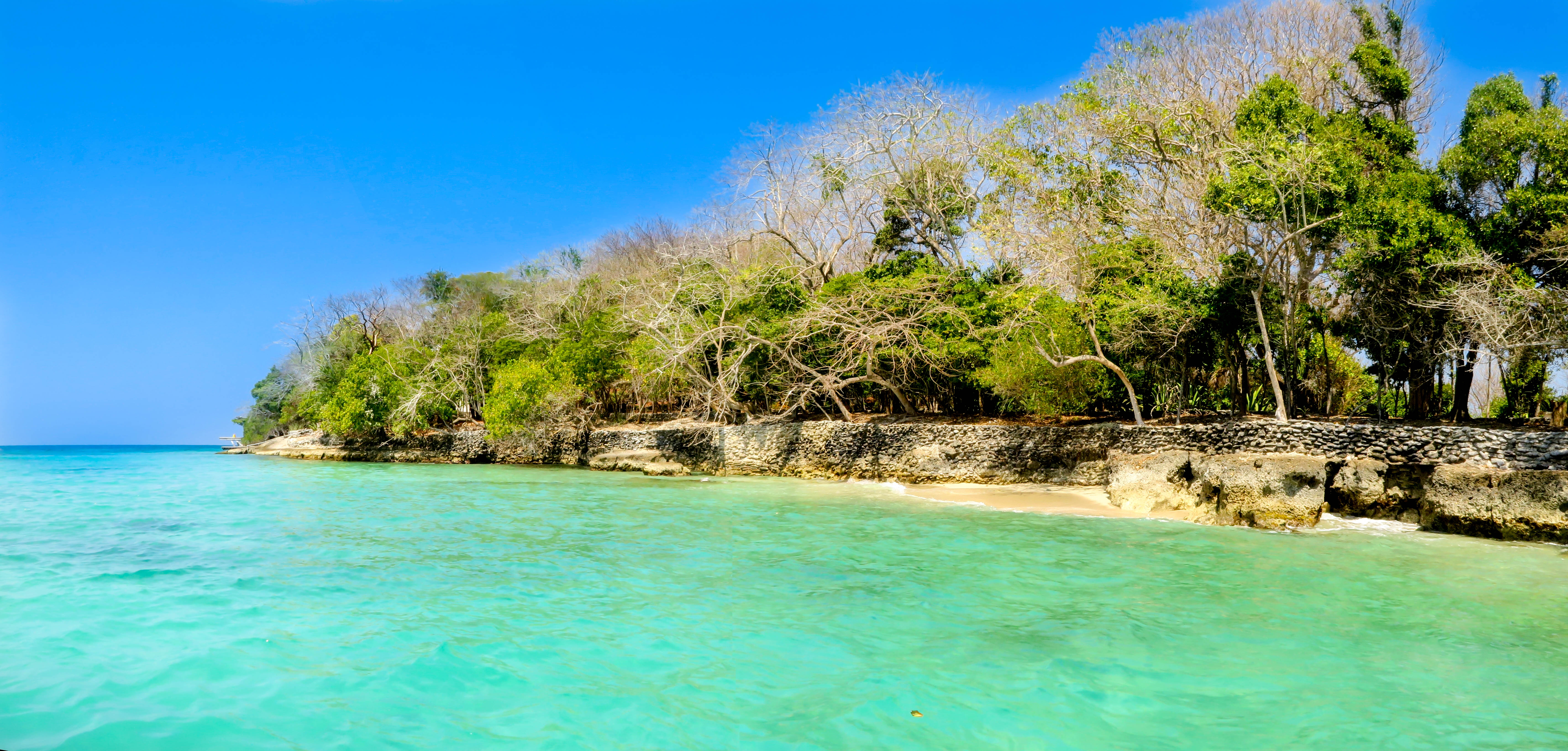
Practical information Colombia
Baggage list
Colombia is a country where you will move a lot from one place to another, so it is advisable to “travel light”. Take only the bare necessities – a large soft travel bag or a large backpack as well as a smaller day bag. You can have your clothes washed regularly when you travel to the countryside or even wash them yourself in a laundromat in big cities.
During your stay you will certainly make various personal purchases. This may increase the weight of your luggage, which is limited for your return by plane. It is therefore preferable to take this into account also in advance.
As the climate is very often unpredictable, we therefore recommend that you bring the following equipment:
- A 20 to 30 liter backpack
- Good walking shoes
- A hat or cap, sunglasses
- A raincoat, warm clothes for the night
- Short pants or removable pants, T-shirts
- Shirts of material that lets perspiration through
- A fleece vest, good socks to avoid blisters
- A woolen hat for cool nights
- Sunscreen, mosquito repellent
- Personal medical treatment
We also recommend that you always have toilet paper with you. Indeed, in Colombia outside the cities, it is not always normal to have paper in the toilet. Also remember not to put your toilet paper in the bowl, but in the trash bin at your disposal.
List of documents and papers
- Passport photocopies
- Photocopies of the insurance certificate
- Cash, Credit Card
- Camera, binoculars
- Notepad
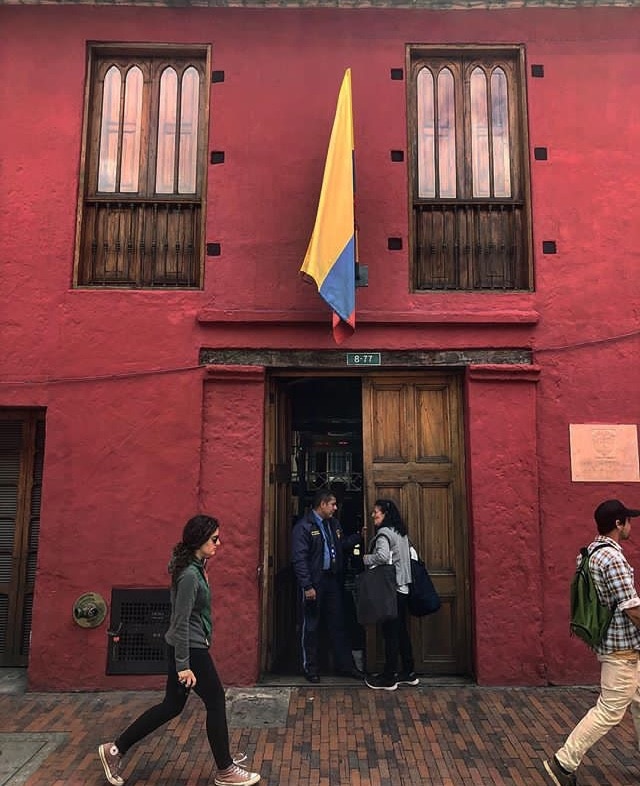
Practical information Colombia
Health Recommendations: Vaccines
This is easy to adjust on your travel preparations list. To travel to Colombia, you don’t need special vaccines. However, you must be up to date with your vaccination book and universal vaccines such as diphtheria, tetanus, polio, whooping cough and hepatitis B.
If you are traveling to the Amazon, it is recommended that you get vaccinated against yellow fever. Depending on the length of your stay, plan the typhoid and hepatitis A vaccine.
We also recommend that you take travel and repatriation insurance for your trip to Colombia.
Personal pharmacy
- Your usual medication during treatment
- Pain medication: Paracetamol or equivalent
- Anti-diarrheal – intestinal antiseptic
- Aspi-Venom (in case of bites or insect bites)
- Treatment for colds or sore throat
- Anti-inflammatory ointment – eye drops (dust, ophthalmia) – Antiseptic (Betadine type)
- Purifying tablets for water
- Elastic adhesive strip (Elastoplast) and adhesive dressings – disinfecting pads, double skin (protection against blisters)
- Biafine or any type of cream against burns and sunburns
- Altitude sickness medication: consult your doctor
Practical information: All major cities in Colombia have pharmacies of course. You will find there all the elements of your basic first aid kit if you do not want to take on this weight or bulk. On the other hand, if you are following a particular treatment, it is better to take your medication with you.
Recommendations for altitude sickness
Altitude sickness, or soroche, is very famous and deserves a few lines.
Already before leaving, start training to have a good physical condition. But be aware that altitude can cause you trouble, even if you are a seasoned sportsman. For adults with heart problems, overweight people, we recommend that they seek medical advice from their doctor before your departure.
Depending on each one (and this has nothing to do with your physical condition), it can happen that you will suffer from Mountain Sickness from an altitude of 2,500 m. This is manifested by headache, the desire to vomit, nausea, possibly loss of appetite.
Normally by respecting a few rules, Mountain Sickness should stop after 2 days. Do not make a physical effort, eat a light and healthy diet, drink a lot and breathe fully. There is a lot of talk about the fact that chewing coca leaves can help, but it not always does. If your condition does not improve, it would be advisable to go down in altitude until you feel better and go up slowly later.
Safety recommendations
Colombia has a sulphurous past, but today it is a country where you can travel without specific measures, provided that you do not go too much off the beaten paths and do not venture alone in places less frequented.
Of course, preventive measures such as not displaying jewelry, sums of money, etc. are always to be respected. This also applies to all other Latin American countries too.
Practical information Colombia
Jet lag
The time difference between Colombia and France changes depending on whether in France we are in summer or winter hours. Thus, between the end of March and the end of October we have a 7 hour time difference. Between the end of October and the end of March there is only 6 hours left!
For example:
During the spring and summer months, when it is noon (12 noon) in France, it is only 5 am in Colombia, we remove 7 hours.
During the autumn and winter months, when it is noon (12 noon) in France, it is 6 am in Colombia, we remove 6 hours.
Electricity
Unlike in Peru, but exactly as in Ecuador, the current in Colombia is 110 volts with sockets which have 2 flat plugs or 3 plugs, 2 flat and 1 round. Bring an adapter with at least 2 flat plugs or better yet, a universal adapter.


